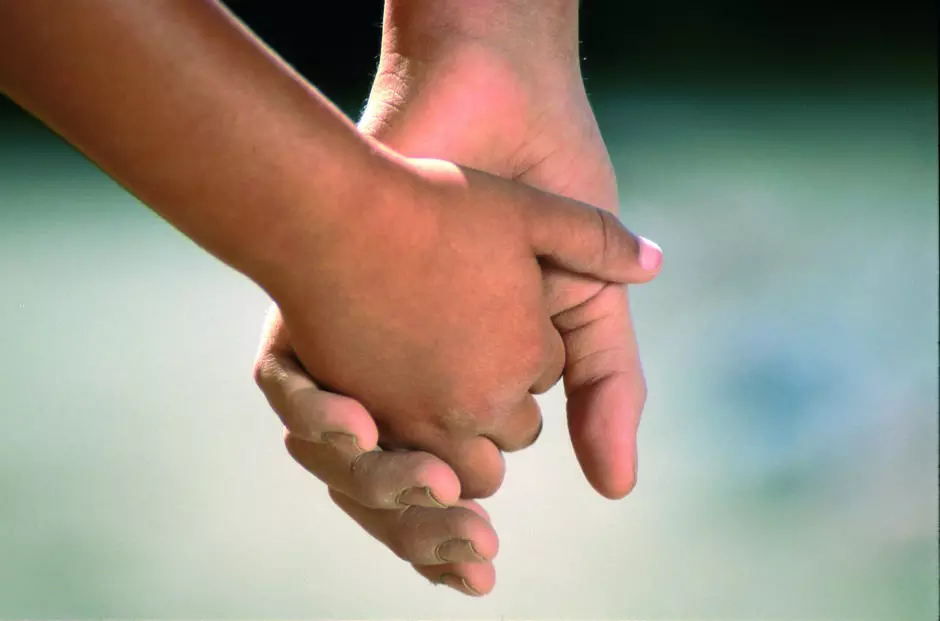
Environment and Biodiversity
Place
Vohibola, Madagascar
Sponsor
Guillaume Surroca
Grant(s)
12 000 € to the Selection Committee at 2008/05/27
Project leader
L'Homme et l'environnement
"This is a very concrete project, thanks to a thorough knowledge of the local customs and environment. It respects the biodiversity as well as the local population: it will help create jobs for the villagers and develop ecotourism in the area."
Guillaume Surroca
Sixty-seven kilometers from Tamatave lies one of the last forest sanctuaries on the coast of Madagascar. The forest of Vohibola, separated from the Indian Ocean by 300 metres of sand, and bordered to the east by the Pangalanes Canal, contains an exceptional biodiversity which is threatened today by the traffic in wood and slash-and-burn farming. The association Homme et l'Environnement, founded in 1993, whose aims are the conservation of biodiversity and sustainable development, is trying to set up programmes to preserve this unique forest while enabling the population to utilise the local resources and do to so sustainably. This work is accompanied by a reforestation programme and a determination to raise the awareness of the local populations, as well as the visitors to the site.
Preserving and utilising the natural wealth of the site
The project, launched in 2005, began with the setting up of the organisation required to preserve and restore the site. To do this, forestry agents were recruited and then trained to form "patrol committees" responsible for preventing any new "unauthorised felling" in this forest. A second type of training was also dispensed to teach the villagers to maintain and reforest their forest land by planting tree nurseries of local species - and particularly 40 000 eucalyptus saplings.
A second phase, which began in April 2007, is now devoted to a project to enhance the local natural resources. Thanks to the purchase of retorts running on solar energy and financed by the Veolia Foundation, L'Homme et l'Environnement will be able to start two production lines: essential oil of niaouli and charcoal (from carbonised deadwood). These activities will help offer jobs to the population of the surrounding villages and to recruit charcoal burners and woodcutters.
The third and final phase will attempt to develop an ecotourism aspect to generate sufficient income for all the villages concerned. To do this, the association wants to create a freshwater ecomuseum that will show the local culture and ethnic group and the biodiversity of the region, as well as sports circuits, and other theme circuits (observation of lemurs, birdwatching platform, or even a wetland circuit). This section, to be completed in December 2008, calls for the training of guides and receptionists. Ultimately, the income produced by this economic revival will be redistributed to microprojects of general interest in the areas of health and education.

